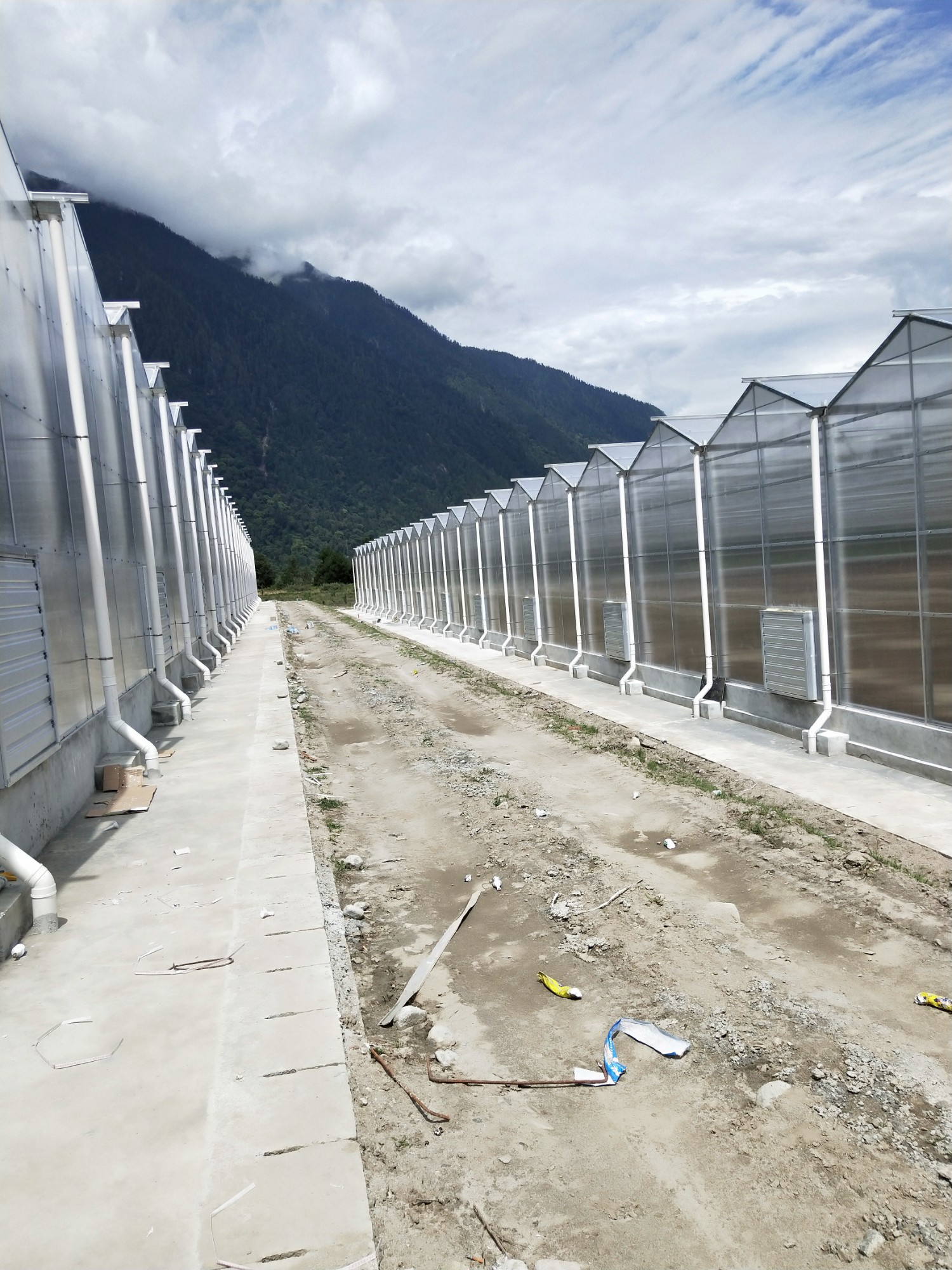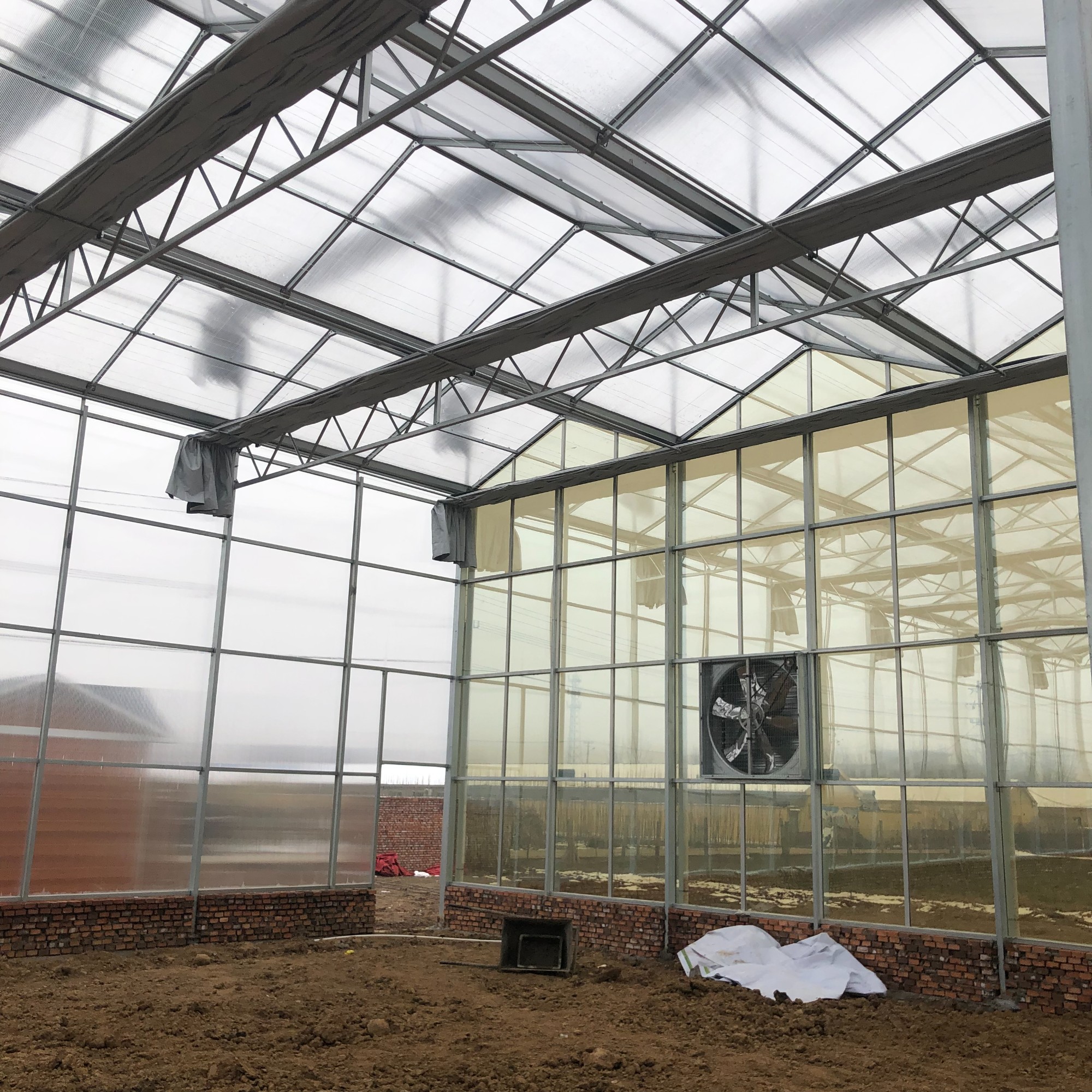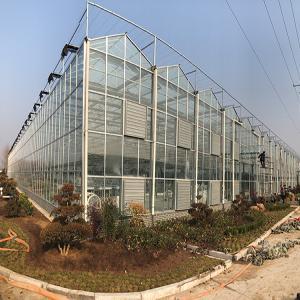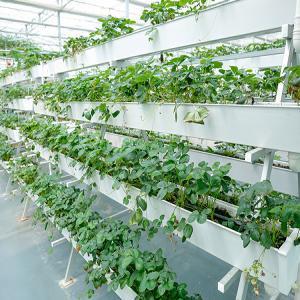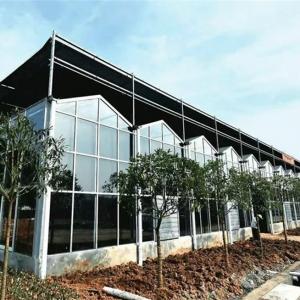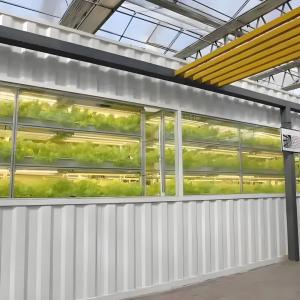Description
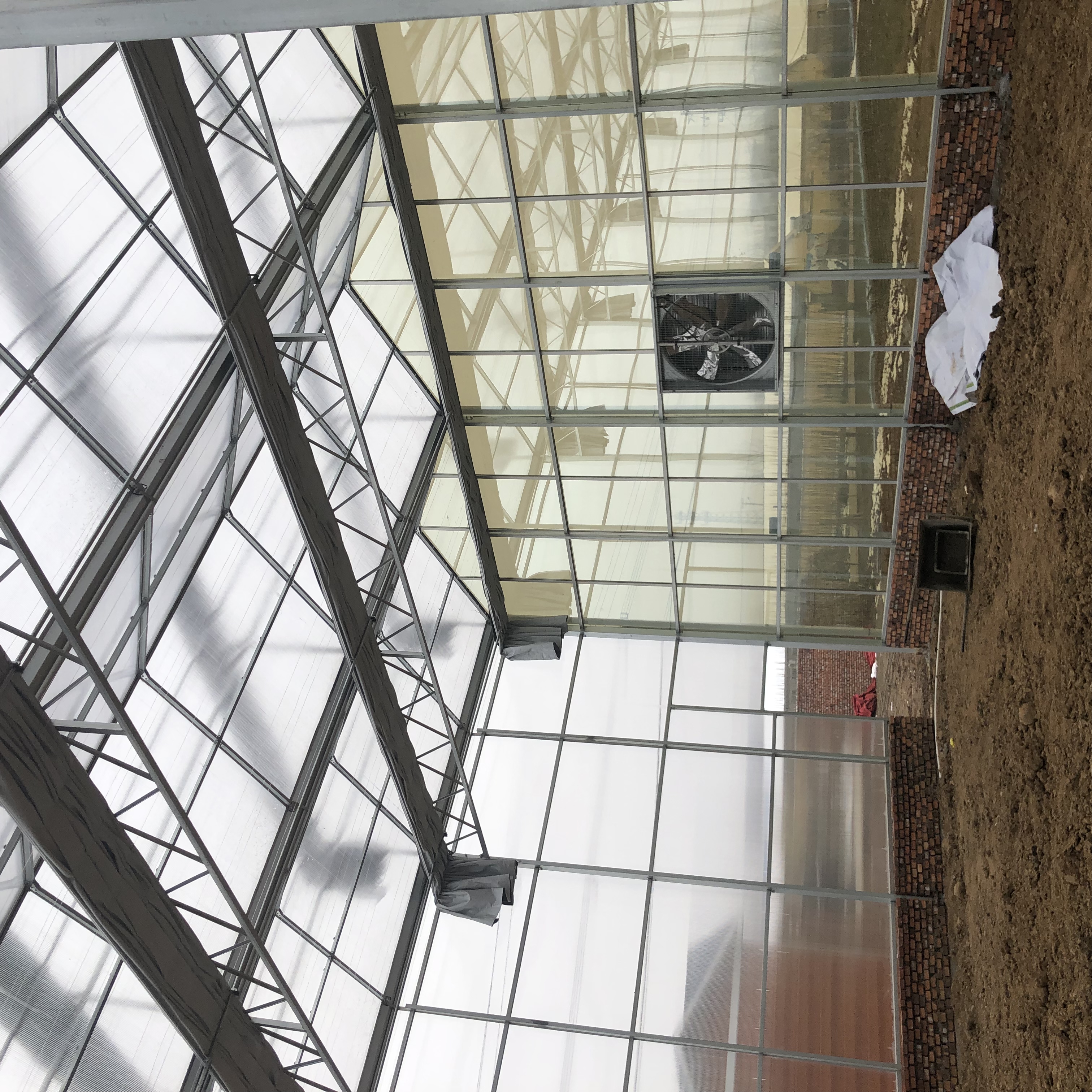
Introduction to Polycarbonate Greenhouses
Polycarbonate greenhouses represent a modern and efficient solution for controlled environment agriculture, leveraging advanced polycarbonate (PC) panel technology to optimize plant growth conditions. These structures are engineered to balance durability, light transmission, thermal insulation, and cost-effectiveness, making them increasingly popular among commercial growers, horticulturists, and hobbyists worldwide.
Structural Composition and Material Advantages
The core feature of polycarbonate greenhouses lies in their use of multi-wall polycarbonate sheets, typically 2mm to 16mm thick, which are lightweight yet remarkably strong—resistant to impact, hail, and extreme weather conditions. Unlike traditional glass, PC panels offer superior thermal insulation due to their hollow, air-filled chambers, reducing heat loss by up to 50% and minimizing energy consumption for heating or cooling. This insulation property creates a stable microclimate, protecting plants from temperature fluctuations and frost damage. Additionally, polycarbonate sheets filter harmful ultraviolet (UV) radiation while maximizing visible light transmission (up to 90%), promoting photosynthesis without scorching delicate foliage. Their flexibility allows for curved or arched designs, enhancing structural integrity and snow load resistance compared to rigid glass counterparts.
Environmental Control and Plant Growth Optimization
Polycarbonate greenhouses excel in creating tailored growing environments. The material’s diffusion of sunlight ensures uniform light distribution across the entire space, preventing hotspots and shadowing, which is critical for consistent crop development. Coupled with ventilation systems (e.g., roof vents, side vents, or exhaust fans), they effectively regulate humidity and CO₂ levels, reducing the risk of mold and disease. Many modern designs integrate automated climate control technologies, such as thermostats, shade screens, and irrigation systems, enabling precise management of temperature, light, and water—ideal for cultivating sensitive crops like tomatoes, cucumbers, flowers, or seedlings year-round.
Durability, Maintenance, and Sustainability
With a lifespan of 10–15 years (or longer with proper care), polycarbonate greenhouses offer long-term value. The panels are UV-coated to prevent yellowing and degradation from sun exposure, while their non-porous surface resists dirt accumulation, requiring only occasional cleaning with water. Unlike glass, they are shatterproof, enhancing safety in high-traffic areas or regions prone to storms. From an environmental perspective, polycarbonate is recyclable, and the energy efficiency of these greenhouses reduces carbon footprints. Their lightweight nature also lowers transportation and installation costs, making them a cost-effective alternative to glass or plastic film structures.
Applications and Versatility
Polycarbonate greenhouses cater to diverse needs: commercial operations utilize large-span designs for mass crop production, while smaller, modular units suit home gardens or research facilities. They are widely adopted in regions with variable climates, from cold northern areas (where insulation is critical) to sunny locales (where UV protection and heat management are essential). Beyond agriculture, they serve as conservatories, botanical gardens, or educational spaces, combining functionality with aesthetic appeal—many feature transparent or tinted panels that complement architectural designs.
In summary, polycarbonate greenhouses stand at the intersection of innovation and practicality, offering a robust, efficient, and adaptable solution for year-round plant cultivation. Their blend of durability, environmental control, and sustainability positions them as a leading choice in modern horticulture and agriculture

